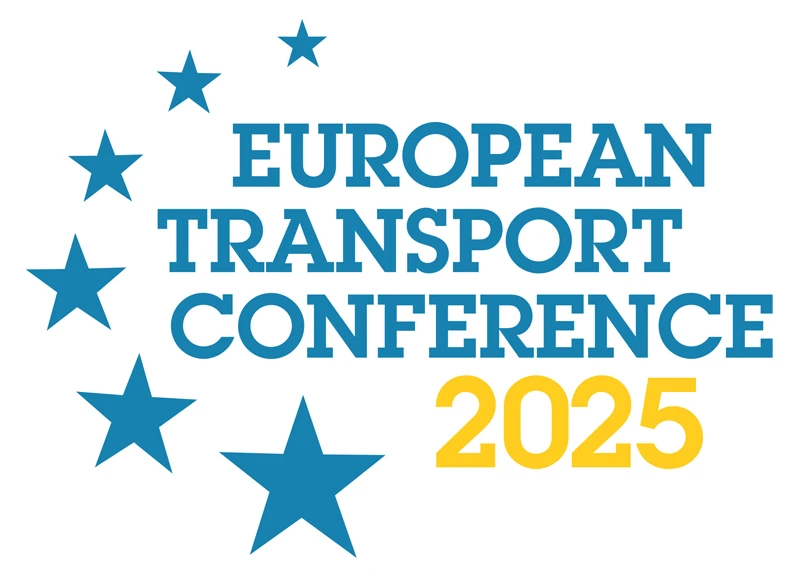-
Past ETC Papers

Browse, search and view papers from the past AET Conferences.
-
Members' Area

AET promotes networking and exchange of ideas, information and opportunities amongst members.
Conference Papers 2020
Online
ETC Conference Papers 2020
Decomposing CO2 emissions from the transport sector: The case of Norway
Seminar
Day 3 (11 Sep 2020), Session 8, Climate Change, 13:00 - 15:00
Status
Accepted, awaiting documents
Submitted by / Abstract owner
Andreas Kokkvoll Tveit
Authors
Andreas Kokkvoll Tveit, PhD, political science.
Short abstract
We decompose Norway’s transport sector’s CO2 emissions, and find that electric vehicles reduced emissions considerably from 2015 onwards, but also that increased energy efficiency of diesel and gasoline cars reduced emissions.
Abstract
Decomposition analysis has often been used to assess the driving factors behind economy-wide changes (Mohlin et al. 2019). Typical examples include time-series studies of energy intensity – the energy-to-production ratio – or emissions of CO2 and other climate drivers (e.g. Ma et al 2008; Guan et al. 2008). However, the logic underlying decomposition analysis can be applied to subsectors of economies, such as the transportation sector. A handful decomposition studies of the transport sector’s CO2 emissions has been published (e.g., Timilsina and Shrestha 2009 and Papagiannaki and Diakoulaki 2009), but such works from the last five or ten years are few and far between. Over that period of time, we have witnessed considerable technological changes that may provide new possibilities for disconnecting mobility from emissions: Plummeting prices of energy storage (batteries) and renewable-energy production imply that, in many economies, emissions-free mobility is not only possible, but indeed commercially viable. Hence, assessing the effects of such changes is of great importance to scholars and political decision makers alike. To help fill this gap, we conduct a simple Layspeyres-style decomposition analysis (see for instance Mohlin et al. 2019) of the CO2 emissions of Norway’s passenger transport.
Specifically, we model passenger transportation’s CO2 emissions as:
Emissions = Population (P) x Volume (V) x Structure (S) x Technology (T).
Volume (V) equals the total number of passenger kilometers a given year. Structure (S) refers to each mode of transport’s (or vehicle type) share of the volume (V). Hence, if 5 percent of all passenger kilometers are done by train, train transport scores 0,05 on the volume component. Finally, technology (T) refers to the emissions intensity of each mode of transport (or vehicle type), measured as grams of CO2 per passenger kilometer. Essentially, the decomposition analysis is conducted by keeping one component constant (at period t, which can be any year) while letting the remaining components vary (to period t+1, i.e. the next year).
We want to provide researchers, decision makers, bureaucrats, and other interested parties with a tool that can help them understand drivers of the transport sectors climate emissions, we implement the model in MS Excel with and intuitive user interface. As such, the decomposition tool enables simple user-led scenario tests of the effects of changes in population, transport volume, structure, and/or technology.
While most previous studies have been unable to provide fine-grained data that distinguishes between several types of passenger vehicles, we draw on numerous sources of data to assess the effects technological changes concerning various vehicle types, for instance electric passenger cars and battery-driven buses.
So far, our analyses have provided a number of interesting findings. Decompositions of Norway’s CO2 emissions from passenger transport between 2010 and 2017 suggest that electric vehicles indeed reduce emissions considerably from 2015 onwards, but also that the long-time improvements of the energy efficiency of combustion-engine passenger cars (i.e., diesel and gasoline vehicles) reduced overall emissions considerably. We also find that a slight decrease in the emissions intensity of passenger transport by air is far outweighed by a substantial increase in air travel. However, given aviation’s (still) rather small share of passenger transport in Norway, the contribution to the sector’s overall emissions remains modest. Moreover, we find that the effects on CO2 emissions of structural shifts towards more walking and cycling is so far negligible. Findings such as these have important implications for further research. Could, for instance, the zero effect of increased walking and cycling be because pedestrians and cyclists would otherwise use public transport?
References:
Guan, Dabo, Klaus Hubacek, Christopher L. Weber, Glen P. Peters, David M. Reiner. 2008. “The drivers of Chinese CO2 emissions from 1980 to 2030,” Global Environmental Change, Volume 18, Issue 4, 626-634.
https://doi.org/10.1016/j.gloenvcha.2008.08.001.
Ma, Chunbo, David I. Stern. 2008. “China's changing energy intensity trend: A decomposition analysis,” Energy Economics, Volume 30, Issue 3, 1037-1053.
doi.org/10.1016/j.eneco.2007.05.005
Mohlin, K., Bi, A., Brooks, S., Camuzeaux, J., & Stoerk, T. 2019. “Turning the corner on US power sector CO2 emissions—a 1990–2015 state level analysis.” Environmental Research Letters, 14(8).
Papagiannaki, Katerina, Danae Diakoulaki. 2009. “Decomposition analysis of CO2 emissions from passenger cars: The cases of Greece and Denmark,” Energy Policy, Volume 37, Issue 8, 3259-3267.
https://doi.org/10.1016/j.enpol.2009.04.026.
Timilsina, G.R. and Shrestha, A. (2009), “Factors affecting transport sector CO2 emissions growth in Latin American and Caribbean countries: An LMDI decomposition analysis.” International Journal of Energy Research, 33: 396-414. doi:10.1002/er.1486
Programme committee
Young Researchers' and Practitioners' Forum
Topic
Climate change
Documents:
No documents yet.
Association For
European Transport
Forester House
Doctors Lane
Henley-in-Arden
Warwickshire, UK
B95 5AW
+44 (0) 15 64 793552
VAT number: 710 1866 64
Conference Supporters & Endorsers




Legal Entity
The Association for European Transport is registered as an Association ('vereniging') with the Chamber of Commerce for Haaglanden in The Netherlands under company number 27170096.
Built on Zenario




